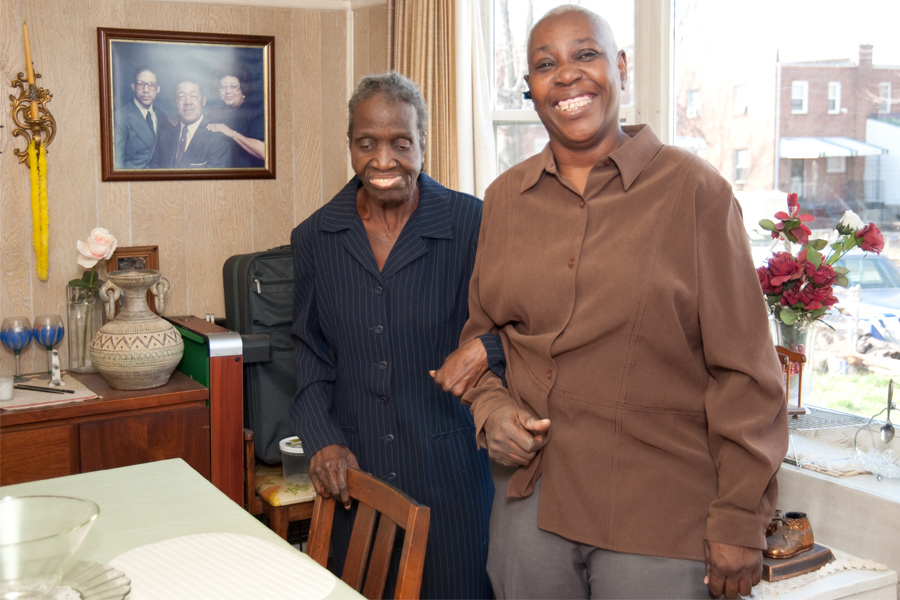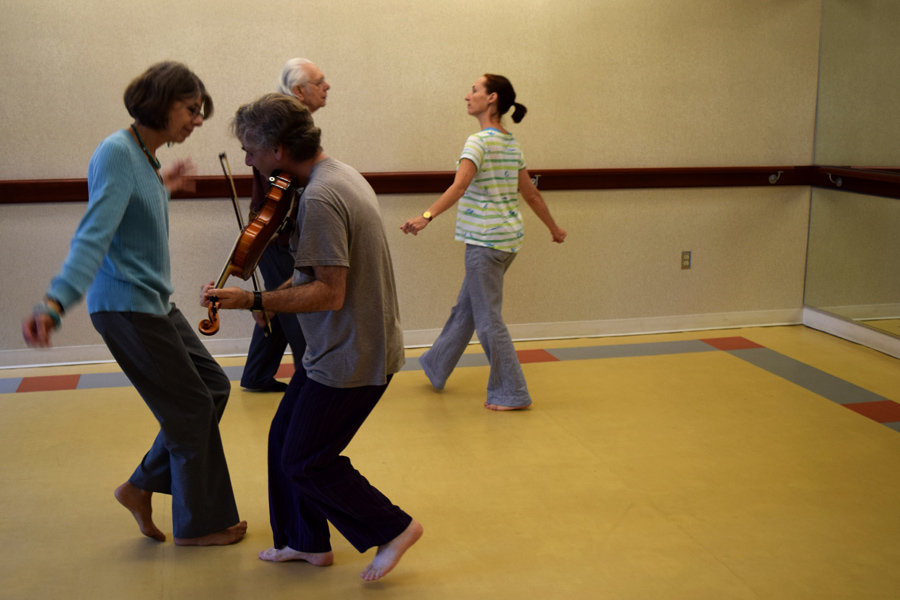Understanding Rent Control in DC: The 2019 Annual Increase


My husband and I are “aging in place” in our rent-controlled apartment in upper Northwest DC. When we moved in 40 years ago, I didn’t know anything about DC rent control.
But now I do. And today I believe that leasing our rent-controlled apartment—an affordable housing option— is one of the best financial decisions we ever made.
What is a rent-controlled apartment?
Rent-controlled units are neither federally- nor District-subsidized. Anyone who can meet a building’s leasing requirements can lease a DC rent-controlled apartment. My neighbors include non-profit executives, federal government contractors, a UDC professor, and one of my favorites – a Shakespearean actor/director.
Only buildings built before January 1, 1976 are covered under rent control. In my Connecticut Avenue neighborhood you can have a rent-controlled building across the street from a brand new apartment building. Residents share the same neighborhood conveniences – at a fraction of the cost.
Is your apartment rent-controlled?
If it is, this is your annual rent increase notice: in English, and Spanish. For more information about rent control in DC, read this Fact Sheet, “What You Should Know about Rent Control in the District of Columbia.”
How DC Rent Control Works
What is “controlled” under the law is how often and by how much DC’s landlords can raise the rent. Landlords are allowed only one annual automatic rent increase to keep pace with inflation.
Our annual automatic rent control increase is based on the LOWER of:
- the Social Security Cost of Living (SS COLA), or
- the Consumer Price Index-Urban Workers (CPI-W)
For 2019, the CPI-W is 2.3% which is lower than the SS COLA’s 2.8%.
There are two levels of rent control increases:
- 2.3% (Only CPI-W). For renters aged 62-plus or people with disabilities (any age as long as you signed the lease). However, this rate only applies if you filed the FREE application form linked here in both English and Spanish with the DC Rent Administrator, 30 days before your next rent increase date. There are no income requirements to receive this reduced rent increase! And the form is short—just 3 pages—filed only once with no application fees. See Form 6 – Tenant’s Notice to Housing Provider of Elderly or Disabled Status.
- 4.3% (CPI-W +2%). For all other rent control renters. The 2019 rent control increases begin May 1, 2019 and end April 30, 2020. They are applied only once during this 12-month period.
The 2019 2.3% base rate has been creeping upward from 1.1% in 2017 and 1.4% in 2018. Here is a history of DC rent control rates back to 1985.
Want to learn more about DC rent control?
For a detailed discussion of DC renter rights, including an overview of DC rent control, visit the Coalition for Non-Profit Housing website for an online copy of the 2013 Washington DC Tenant Survival Guide, Eighth Edition (visit cnhed.org/policy-advocacy/research. Scroll down to “Additional Research Information”).
DC’s Office of the Tenant Advocate (OTA)—DC Renter’s Agency—helps all DC renters—whether you’re renting a rent-controlled or non-rent controlled apartment, or renting a condo, co-op, or room(s) in a house. OTA offers FREE legal help and can assist you in filing the elderly or disabled reduced rent control increase form. Visit www.ota.dc.gov to learn more. Also, check out OTA’s training resource OTA Renters’ Rights 101 . OTA offers free renter rights classes at their Reeves Center office located at 2000 14th Street, NW Suite 300 North.
Contact the Outreach and Education Coordinator Stephen Dudek at Stephen.dudek@dc.gov or 202-719-6561 for future classes.
By Barbara B. Cline
Barbara B. Cline, CPA, is a former auditor and non-pro fit executive. She is a SERVEDC Commissioner, where she works on the emergency planning task force. She lives with her husband, who has some physical challenges, in an apartment in NW, DC. Barbara is a fair housing and disability rights advocate and writes articles on housing issues — including rent-control, an often unknown and misunderstood type of affordable DC housing, for both Iona and the Forest Hills Connection.
Related Articles

The Stories of Dementia in the District

A Couple’s Vows Create Opportunities to Age Well

Can You Imagine Taking Three Buses to Get to Iona?

